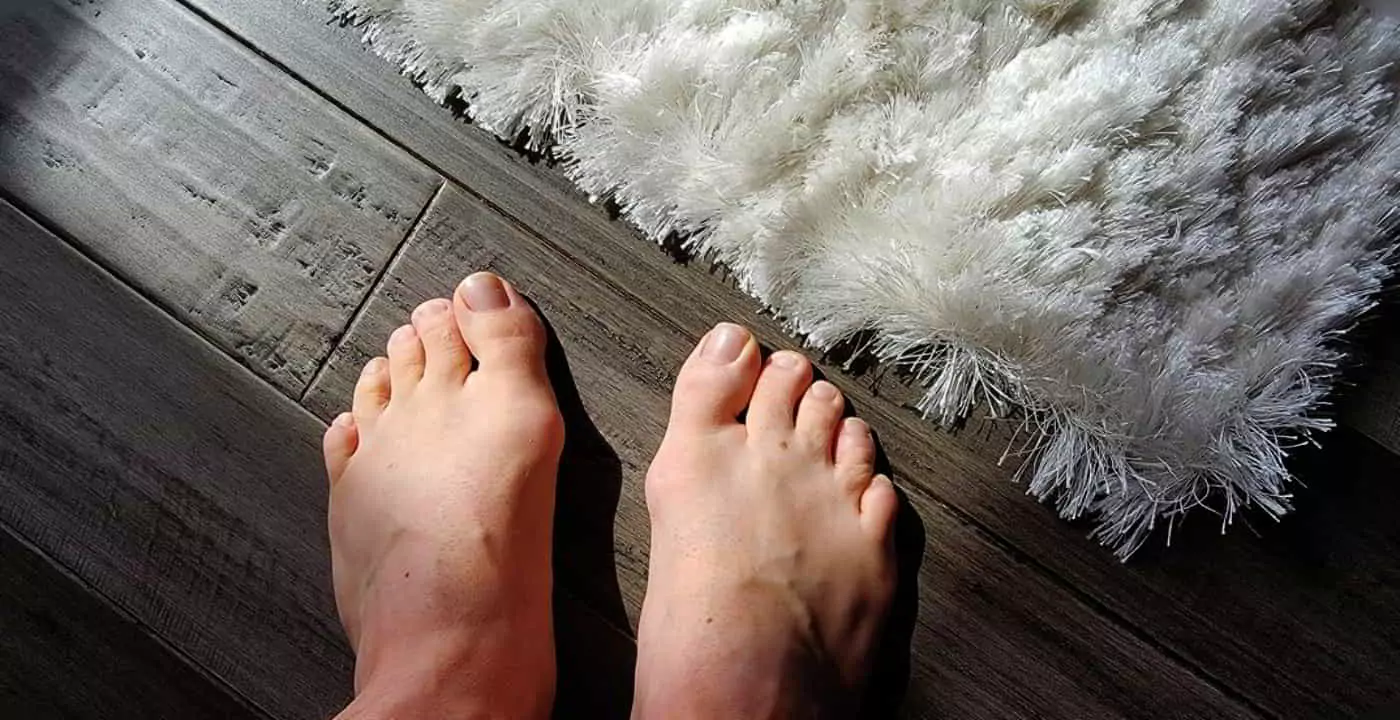In most cases, radiant heat can be installed in vinyl plank flooring. Radiant heating is a great choice for anyone looking to take their flooring project to the next level, especially with LVT (luxury vinyl tile) and LVP (luxury vinyl plank), which are water resistant, strong, and available in a wide selection of designs.
That said, it is extremely important to make sure that you select vinyl flooring that is compatible with radiant heating, so read on to learn how to make the best decision for you.
If you’re short on time, here’s a quick rundown:
Key Notes
- Before installing radiant heat under vinyl flooring, check with the flooring manufacturer to ensure that it will not void the warranty.
- Verify that the vinyl flooring product is compatible with radiant heating, as some have heat restrictions.
- Steps for installation include choosing the right type of vinyl plank, preparing the subfloor, acclimating the vinyl flooring, testing the radiant heating system before and after installation, and following the manufacturer’s instructions for installation to ensure the system works correctly.
Choosing The Right Vinyl Floor For Underfloor Heating

Before installing radiant heat under vinyl flooring, it is important to check with the flooring manufacturer to ensure that it will not void the manufactures’ warranty.
Some vinyl flooring products may work with any type of radiant heating system, but this varies from manufacturer to manufacturer.
It is critical to read the manufacturers’ recommendations for your specific flooring to see if there are any heat restrictions. Many manufacturers’ set a threshold of 85 degrees for radiant heating systems. Most cable radiant heating systems will exceed this temperature limit.
Our radiant heating system radiant heating system will not exceed 82 degrees Fahrenheit, allowing it to meet many vinyl plank manufacturers’ heat restriction requirements.
How To Install Underfloor Heating Under Vinyl Plank Flooring

Before installing underfloor heating, it’s essential to take specific steps to ensure that the process goes smoothly and the end result is a comfortable and efficient heating system.
Before installing underfloor heating
- Ensure that the subfloor is suitable for vinyl flooring and is level.
- Check the vinyl plank manufacturer’s guidelines to determine which subfloor grade is best suited for radiant heating.
- Acclimate the vinyl flooring by leaving it at room temperature for a specified period of time.
Once you've chosen the correct materials:
- Check with the radiant heating manufacturer to ensure you have installed a proper barrier between the heating cables and adhesives.
- Check with the vinyl flooring manufacturer to see if their recommended flooring adhesives are suitable for use with underfloor heating.
- Obtain approval from both manufacturers before installing the radiant heating system, and refer to the manufacturers’ installation guidelines.
- Test the radiant heating system before installing the vinyl flooring to ensure that it is operating properly.
- Turn the radiant heating system off before installing the vinyl flooring.
- Begin installing the vinyl flooring, following the flooring manufacturers’ guidelines.
- If using adhesives, check the recommended curing time before restarting the radiant heating system.
- Turn the radiant heating system back on once the vinyl flooring is installed, and test the system again to ensure it is operating correctly.
How to Install LVT Underfloor Heating
Luxury Vinyl Tile (LVT) is one of the most popular flooring options and for good reason. It’s a beautiful alternative to many traditional flooring solutions, is often more durable than hardwood, stone, or tile, and can keep its appearance for much longer.
Contact the Luxury Vinyl Tile (LVT) Manufacturer
- Contact the manufacturer to ensure that radiant heat is approved for the tile you have selected.
- Make sure that the luxury vinyl tile (LVT) allows heat to transfer through all layers of the product.
- Bear in mind that some luxury vinyl tiles (LVT) have a rubber backing which is an insulator and doesn’t allow heat to transfer through properly.
Prepare the Subfloor
- Begin with a clean subfloor by removing any nails, debris, or other obstructions.
- Some luxury vinyl tile (LVT) requires acclimation before installation, which means allowing the tiles to become unified in temperature and humidity identical to the room conditions.
- Acclimation ensures that the tiles will be uniformly conditioned and the locking system will not be compromised.
Install the STEP HEAT Heating System
- Staple or tape the STEP HEAT’s ultra-thin (3/64th of an inch) heating element directly to the subfloor.
- Subfloor routing may be required to connect the low-voltage cables to the heating element.
- If your luxury vinyl tile (LVT) requires an adhesive, cover the STEP HEAT heating elements with a self-levelling cement, lauan, or another approved product to prevent the glue from contacting the heating element.
- Test the STEP HEAT system before covering it with any surface to ensure it’s operating as designed.
Install the Luxury Vinyl Tile (LVT)
- Install the luxury vinyl tile (LVT) to the manufacturer’s recommendation.
- After installing the finished floor, test the STEP HEAT system again to ensure it’s operating properly and to validate the manufacturer’s warranty.
Once properly installed, you can enjoy the advantages of radiant heat for many years to come.
To Conclude
We at GreenWave Distribution have extensive experience providing installers products and guidance for in-floor heating. We can provide the manufacturer with our radiant heating system specifications to ensure that your vinyl plank floor will be covered under the manufacturer’s warranty. Trust us to help you achieve a comfortable and luxurious flooring solution for your home or business.





